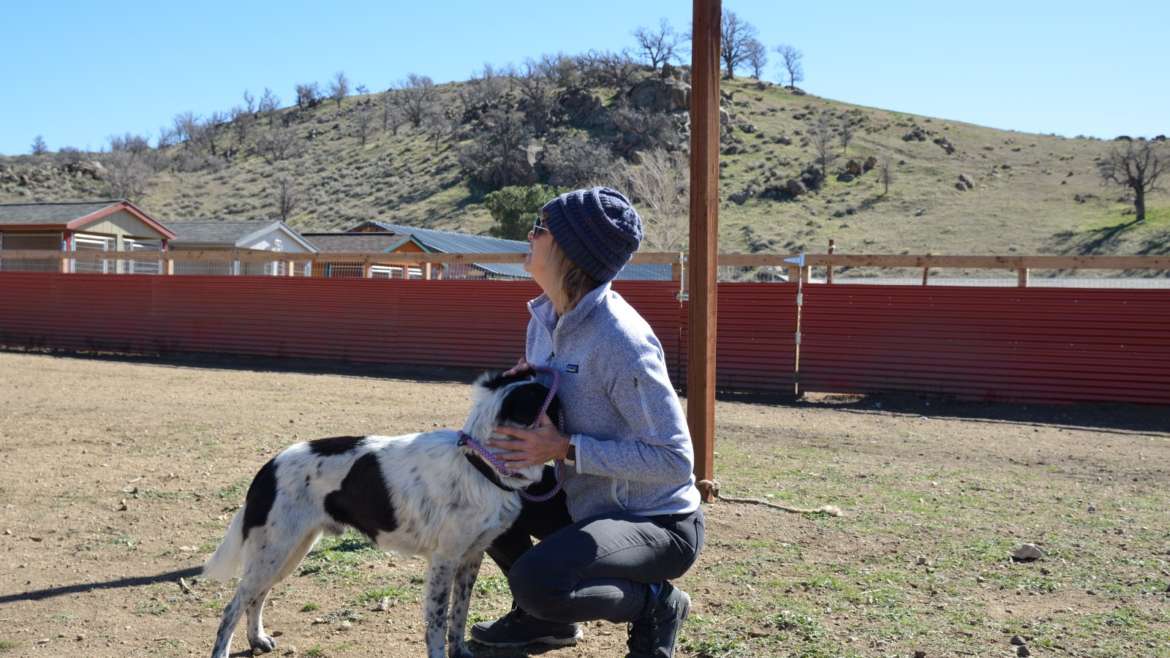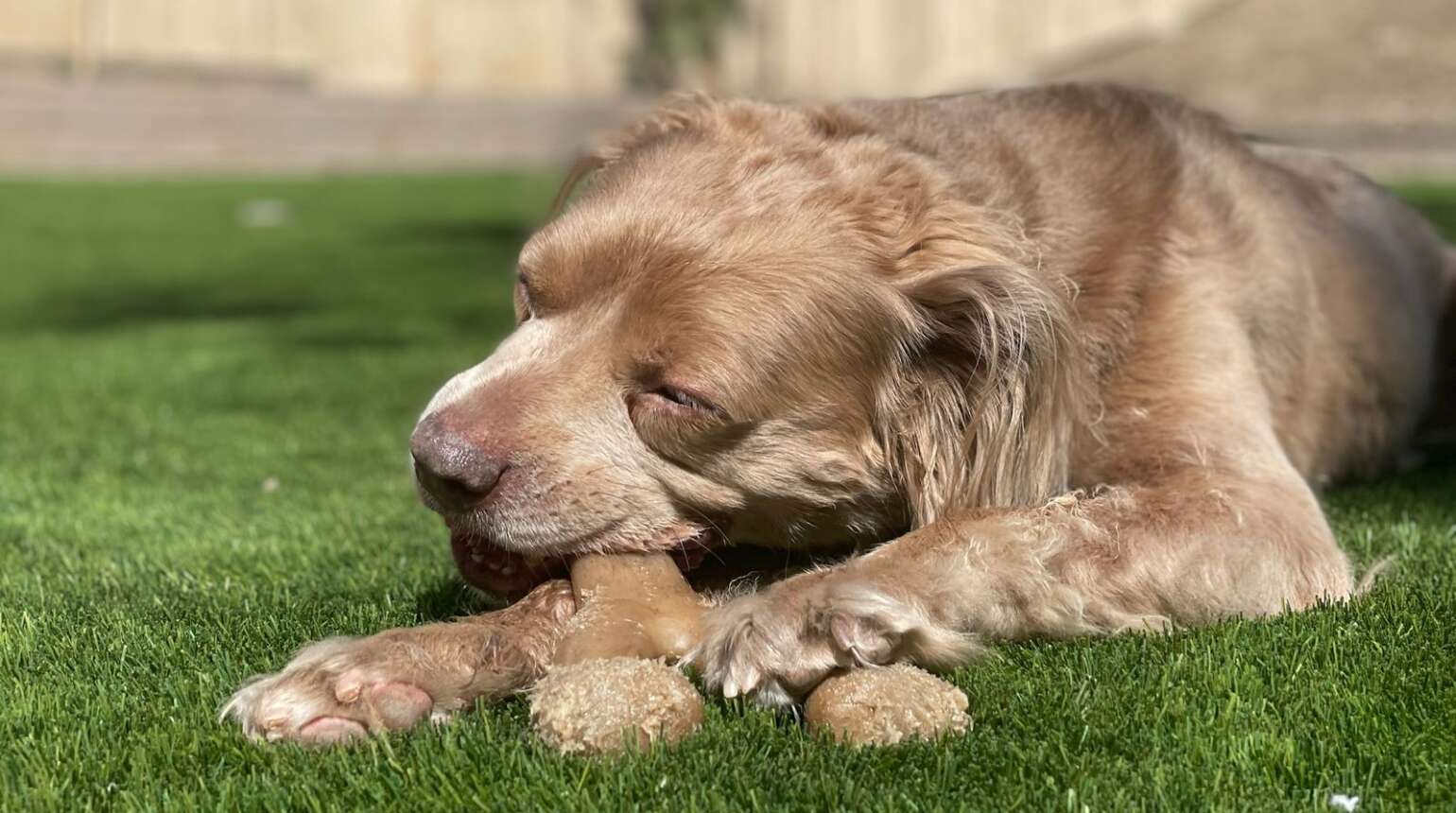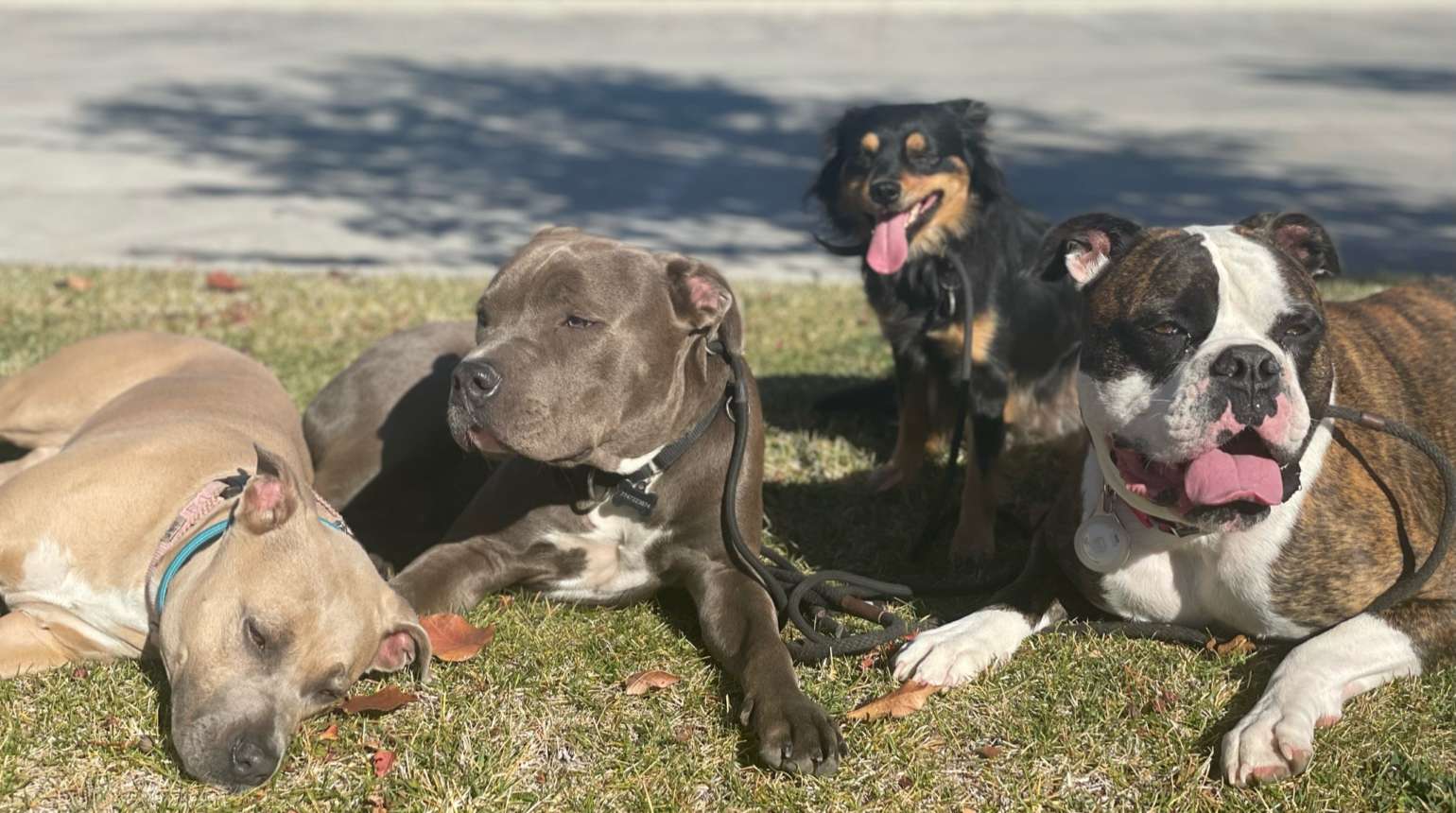Every morning when I wake up, I let the dogs out and make myself a coffee. It’s a habit. My dogs know it very well. After all, I have been doing the same thing since forever. My dogs assume that going out, doing their business, coming back in, lying down and waiting for breakfast is what they are supposed to do. They don’t know anything different. All humans have habits, it is what makes our routine and shapes our lives. However, with those habits we are, knowingly or not, teaching our dogs how we would like them to behave. Any action that is done consistently around our dogs will be what we decide we want them to learn. Dogs, like humans, are social animals. They learn what is practiced, what is accepted (or not) by imitating behaviors that are successful and avoiding those that are not. With this in mind, think bout something that you do routinely that maybe affecting your dog and creating an unwanted habit.
One of the most common behaviors I have witnessed since the pandemic started are owners allowing (even encouraging) their dogs to follow them around the house, wherever they go, even if it is just going to the bathroom. The dogs, specially those acquired during the pandemic, learn that their job is to always be with the human. What happens then, when the human leaves? What are they supposed to do? They have never been taught to exist without the human in their intimate or personal space. They don’t know how what they are supposed to do when by themselves. The dog then becomes confused and tries to find things to do while searching for the pack. Hence the hollowing, barking, becoming destructive. That is the beginning of ‘separation anxiety’.
Remember, our job is to lead our dogs, their job is to follow. One of the hardest but most important lessons we can teach our pups is to be ok without us. Since they are pack animals, it is intrinsic in them to always follow the pack. However, in the human world, we have tasks, responsibilities and events that will not include our dogs. They don’t know that, but we can teach them healthy habits that will help them self sooth. Exercises that will allow them to become comfortable with not always following the pack. Creating new associations and habits that will make the relationship stronger. Or, as said before, surrendering to the fact that, in the human world, the pack does indeed sometimes leave.
While the techniques used to teach dogs these exercises maybe many. Here I’ll just share the method I use. Crates are a great tool since they physically take care of fight and flight. All we have to work on is avoidance. (The small space also represents security, hence why we have babies sleep in cribs and not beds). Invite your dog in the crate, with a leash on, once they smelled around, let them come out, repeat this a few times and then block your dog from coming out. That can be done with your body, by closing the door, whatever makes it easier for you. Now position your back (still blocking your dog from coming out) to the crate and get a book, your cel phone, meditate, write letters, poems or work on your Phd. This is the beginning of you teaching your dog to stay somewhere when you ask them to. How long they take to surrender is up to them. But the least amount of energy that you ‘add’ in this situation, while still being present, is going to be a huge factor in how long it takes. Once your dog lies down and becomes still in the body, open the door but still don’t let them out. Since they are going to pop up immediately once you open the door. Close the door again and repeat. Practice, as many times as it takes for your dog not to get up when you open the door. You are teaching your dog what it means when a door closes and opens: nothing. Surrender.
Once you can calmly open the crate door and your dog stays lying down, invite them out, take a few steps and then start over. Or not. That is always our choice. Make sure, however, to practice the same exercise (door open and closed) with more distance, more duration and more distractions. Examples: will your dog stay in their crate, with the door open while you get ready for work? Will they do that if the crate is in a different room than you? Can your dog stay in the crate, with the door closed while you work on an important paper right beside them? What about if they are in a different room. As always, and I can’t repeat this enough: Your Intention Matters as much as the above technique. Try setting an intention of being a coach, teaching instead of getting a task over with. Compassion also is a helpful one… it will allow you to think about your favorite teachers, who were they? How did they reach you? How did you feel when you understood something that was being showed?
Relationships are always about give and take. In my opinion, teaching our dogs what it means or what to do when we’re not around is crucial if we want to have a healthy connection. If we start thinking of our dogs as beings that want and need to the taught the rules of the game they are in, then let’s be proactive about it. There will be times when the human is not around, or that the human does not need you around. There are times that you will need to stay in a crate (vets, hotels, travel). We choose then to start a positive association with giving space and staying in a designated area. Exercises like these not only teach your dog the safety of a crate, it encourages them to have a ‘safe spot’. A place they go to decompress. We all need space from time to time, our dogs are no different. Creating a new habit in teaching our dogs the meaning of that is infinitely easier than scrambling to find someone to watch your dog when something happens, because they can’t be alone. Let’s try being proactive with teaching our dogs that separation does not have to equal anxiety.



